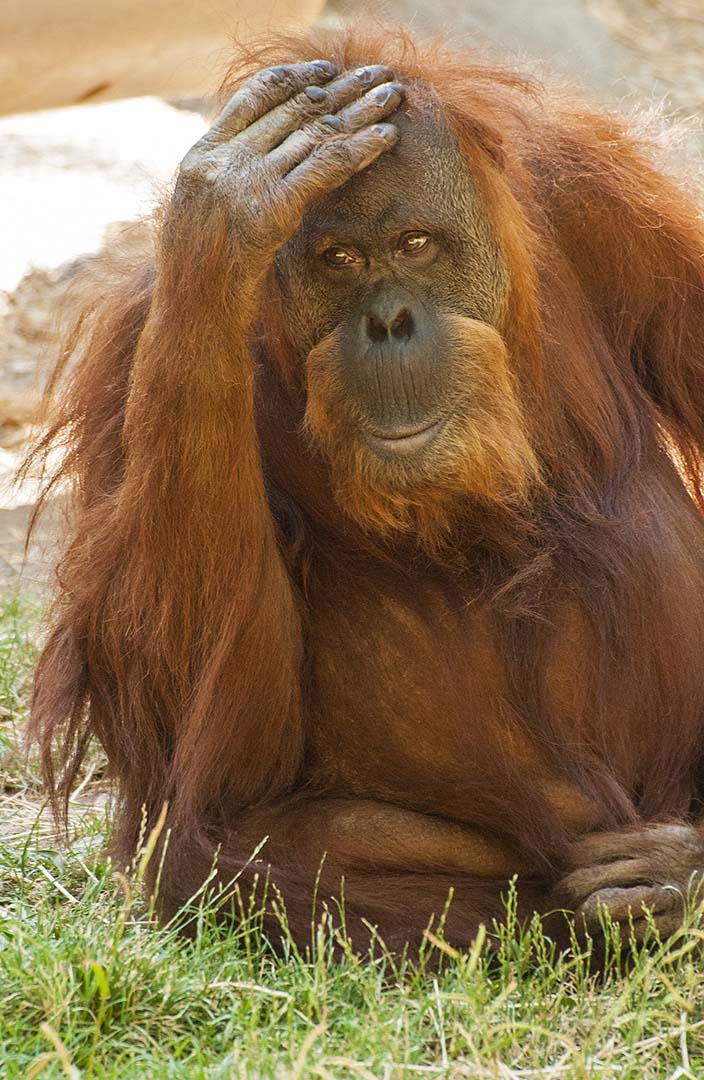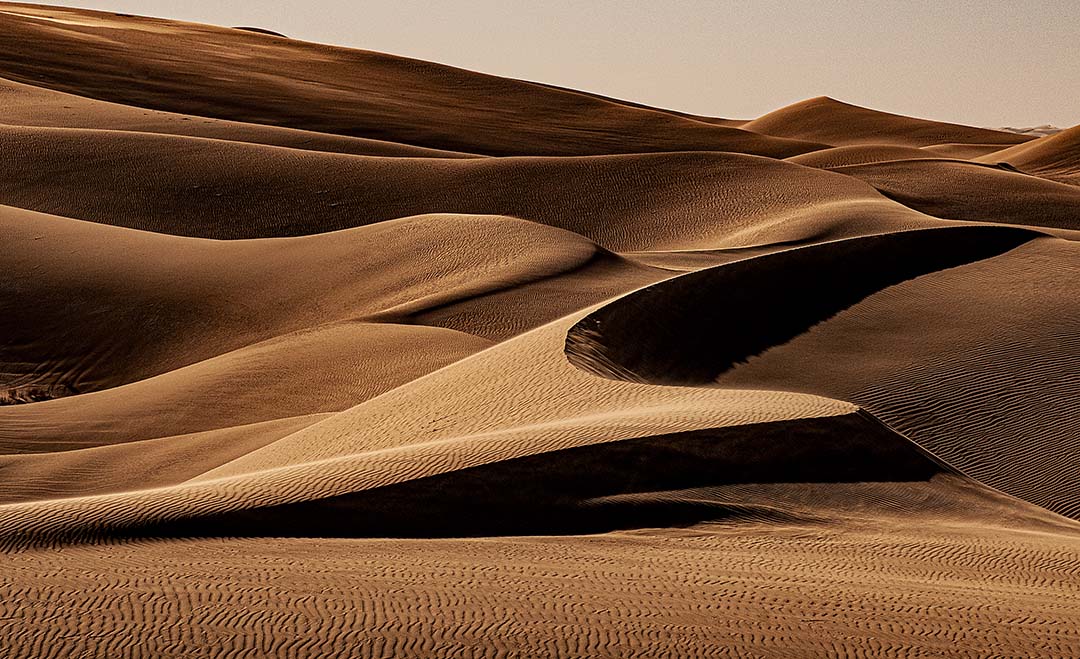|
If you are planning to take an African safari to photograph wildlife in Kenya, Tanzania, or Botswana, start by getting in a few days of practice at your local zoo. A trip to your zoo for wildlife photography will give you the opportunity to learn how to operate your camera properly so that you can capture the best possible photos of the creatures you will find in the wild.
Even if you have no plans for international travel, a photo trip to a nearby zoo can be interesting and enjoyable. You will find creatures like this Sumatran Orangutan, critically endangered and considered to be facing an extremely high risk of extinction in the wild. This issue has tips that will greatly improve your zoo portraits. Issue #143 - Photographing Wildlife at the Zoo covers the LA Zoo, the San Francisco Zoo and the Sacramento Zoo with tips on 13 other zoos across the country. Sequoia National Park, the second oldest National Park in America, is south of Kings Canyon National Park in California’s Sierra Nevada Range. Visiting photographers will find spectacular images of sequoias, the world’s largest living trees, a glacier-carved valley resembling Yosemite, and high alpine landscapes.
Many dramatic waterfalls, bears, and spring wildflowers make these parks a must-visit summer destination. Newsletter issue #115 - Sequoia Ntl Park / Kings Canyon Ntl Park California describes the easier trails to the best tripod holes, provides lodging and campground information, and offers tips to improve your sunny-day photography in a deep forest. Drive twenty-miles east of Brawley, California, on Highway 78 to photograph the Algodones Dunes, a very large field of dramatically sculpted sand dunes stretching from the south shore of the Salton Sea to the Mexican border, near Yuma, Arizona. A paved road, crossing the dune field, climbs to a summit where a sign marks a side road that climbs even higher-to the Osbourne Overlook. On a clear day you can see images of classic dune patterns stretching south for miles. This dune field is much larger than those in Death Valley. A 200-300 mm telephoto will tightly frame countless patterns of windblown sand. Morning light illuminates sweeping rims of dunes stacked one upon another. Park your RV at the overlook, stay overnight, and be ready for some great sunrise images. Afternoon light is too direct, too flat on dunes running north and south.
|
BlogNotes and images from Bob Hitchman. Archives
July 2024
|



